One of the biggest items in the v1.29 update for Gran Turismo 7 is the reappearance of the famous Grand Valley circuit after a little over five years away.
The circuit, which had been in every main Gran Turismo game from the very start of the series, 25 years ago, was passed over for Gran Turismo Sport but — like Deep Forest, High Speed Ring, and Trial Mountain — now returns for the new era.
In common with those other circuits though, Grand Valley has undergone a few changes, and we’re taking a look at exactly what’s different and what you should expect when you head to the track for the first time.
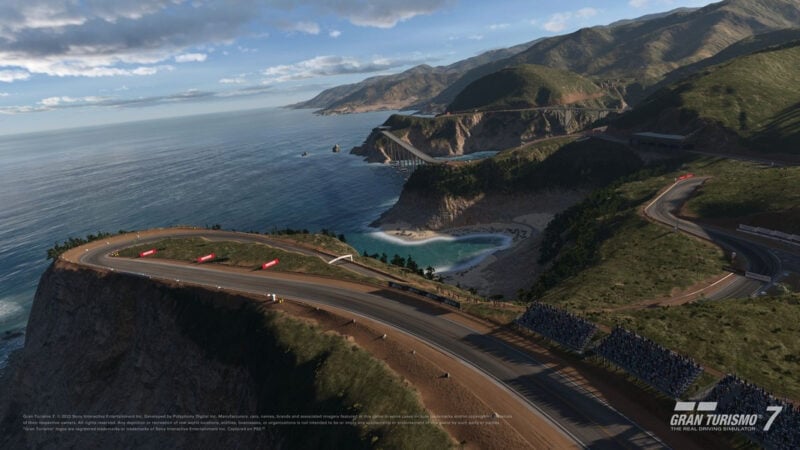
Grand Valley Speedway vs. Highway: General Changes
First, and most obvious, things first. Unlike the other reworked GT1 originals, Grand Valley has a new name and a new location. Polyphony Digital has transplanted the entire track to the Pacific Ocean coast of California and the venue is now called Grand Valley Highway-1.
The new venue gives the track a very different feel, with the confines of the mountains around the old track giving way to a more open vibe — particularly on the ocean-facing stretches. It also changes how the track lies on the ground, with different elevation changes than before.
There’s also notably less width in the new circuit, particularly on the main start/finish straight, with the whole track now resembling a regular two-lane road with a little extra breadth. Three-wide might be a challenge on most of the straights.
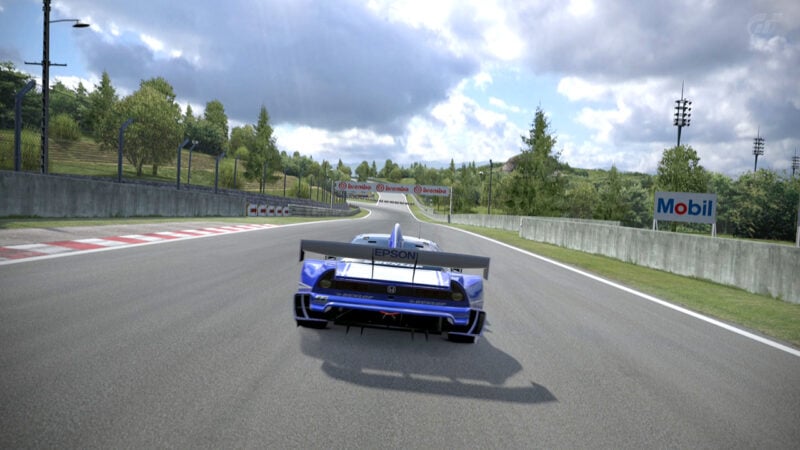
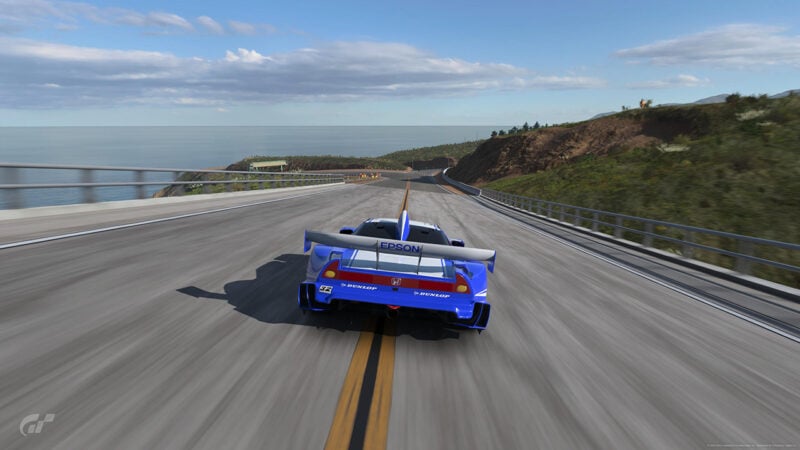
Grand Valley Speedway vs. Highway: Sector One
This is the most similar area of the track in terms of layout, with the familiar uphill left leading into the hairpin right, then the long esses down to the second hairpin.
There’s an obvious esthetic difference in that first turn, with the bowl of grandstands giving way to the bare rock. The run down to the first part of the esses is shorter now, with the track curving left much sooner, and while the old course fell, rose, and fell again, the new one is more of a consistent descent.
Exiting the hairpin is now a further drop towards sector two, whereas previously it was a mild climb into the split.
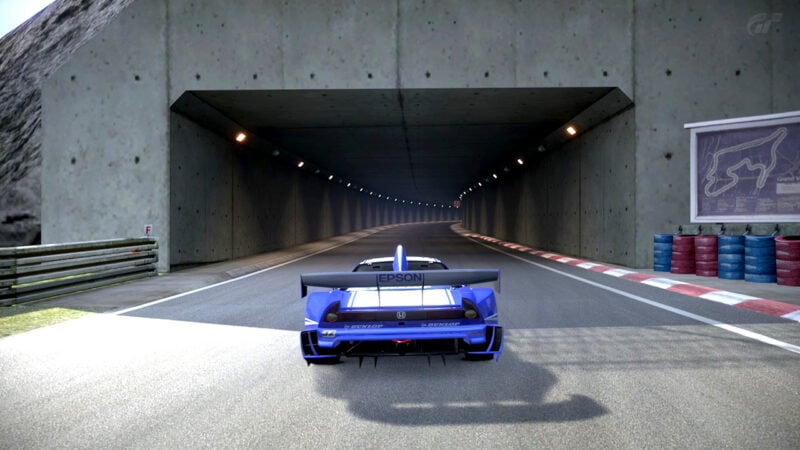
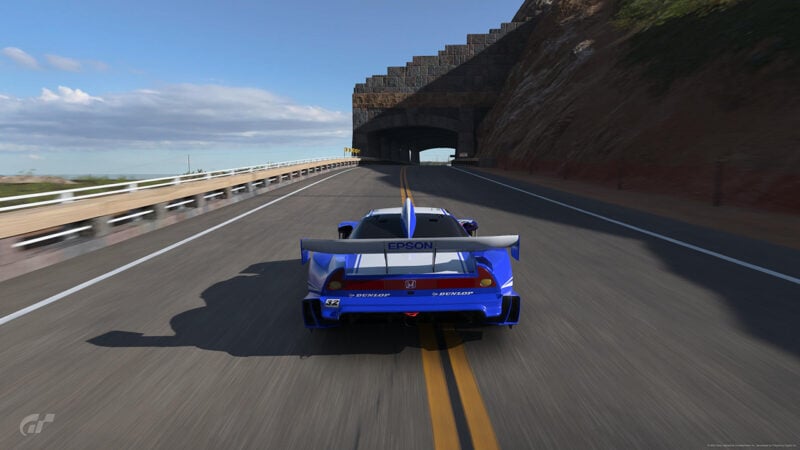
Grand Valley Speedway vs. Highway: Sector Two
Again, the layout here is broadly similar, but we can see reprofiled corners and some topography changes.
The initial double-left here is now a tightening radius left, but it still leads into the familiar double-right — the latter of which seems sharper — before the tight left into the first tunnel.
That’s a shorter run than before, heading into the once-claustrophobic S-bend, which is now a little tighter on both curves and has an ocean view with no tunnel.
We’re now onto the back straight over the centerpiece bridge, which is now a simple beam bridge rather than the tied arch type before, as we enter the final sector.
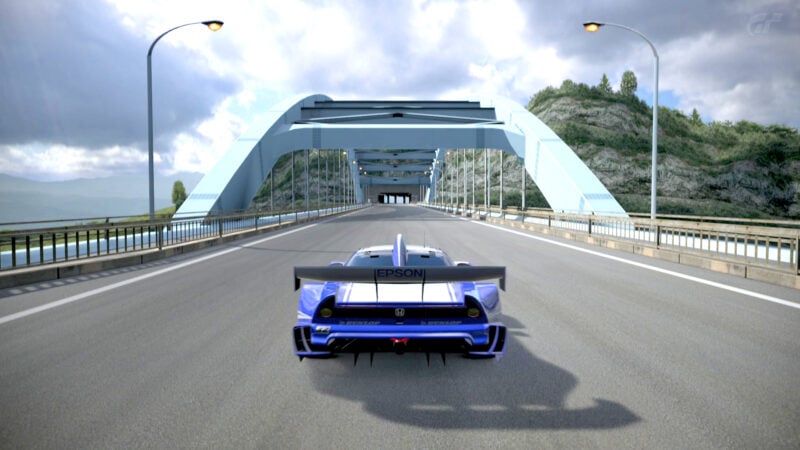
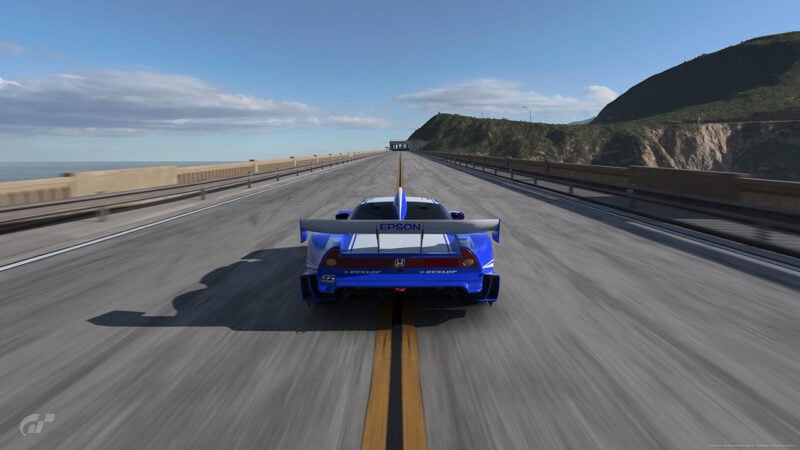
Grand Valley Speedway vs. Highway: Sector Three
This is the most radically changed part of the track — as was the case with Deep Forest and Trial Mountain — with some significant alterations to the timing and profile of the bends.
Firstly the 180-degree bend in the tunnel after the bridge is now considerably sharper, approaching the radius of the two sector one hairpins. It also no longer leads into a short acceleration zone before a chicane, as the chicane is now immediately after the bend.
It’s an extremely slow part of the track now, and whereas you can now cut both bends — you’re no longer faced with cliffs on one side and a wall on the other — there’s some pretty tight track limits that will fox a lot of people when the track appears in online races.
That formerly led to a fast right, which was often not quite as fast as you think, where the new track curves right over a bridge, left into a tunnel, and then right again within the tunnel before running you out onto the shorter main straight.
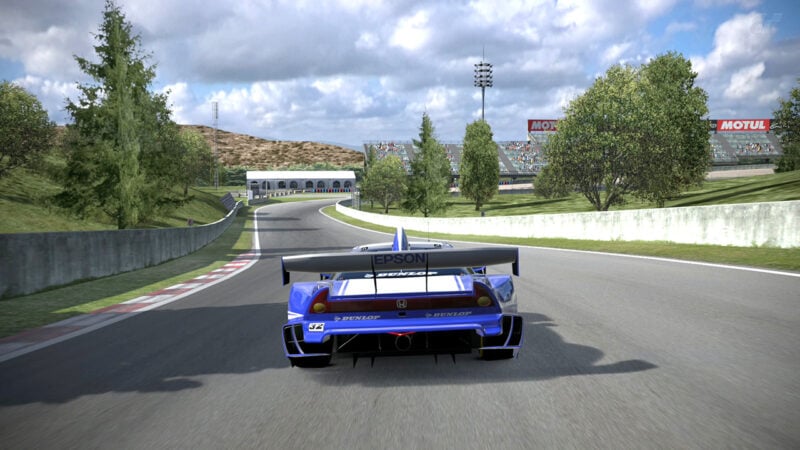
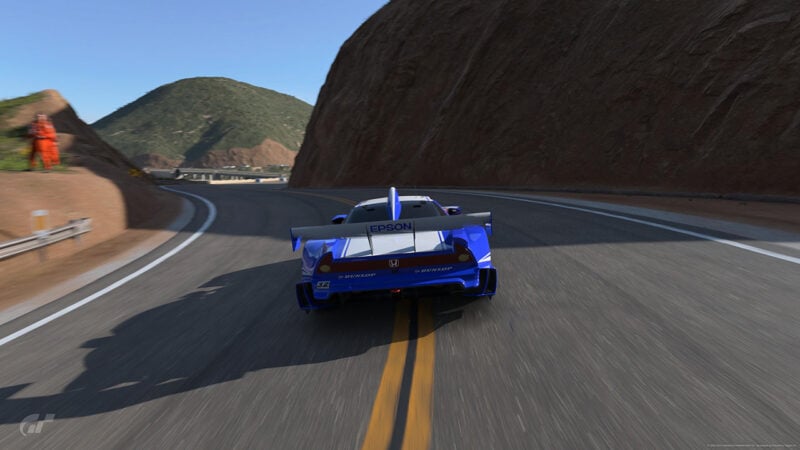
Grand Valley Speedway vs. Highway: East vs. South
Don’t mind the name change; the circuit has simply been reoriented so that the main straight now runs north-south, and the layout is much as it was before. You will notice some differences though, again mostly in the final part of the lap.
The initial cut-through to the infield is slightly more curved to the left, and also descends dramatically rather than cresting then dropping. That left kink before the double-right is slightly sharper too, but the biggest change is the final right-left-right which is a far more pronounced sequence of corners.










